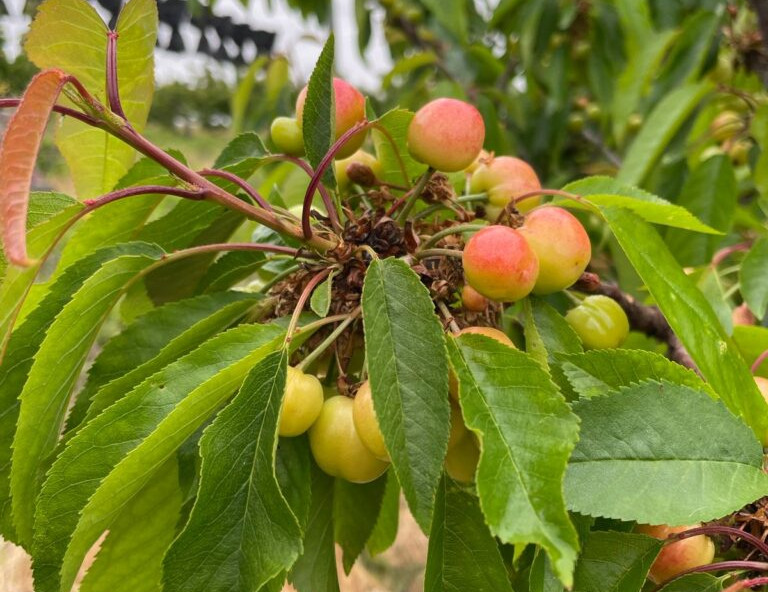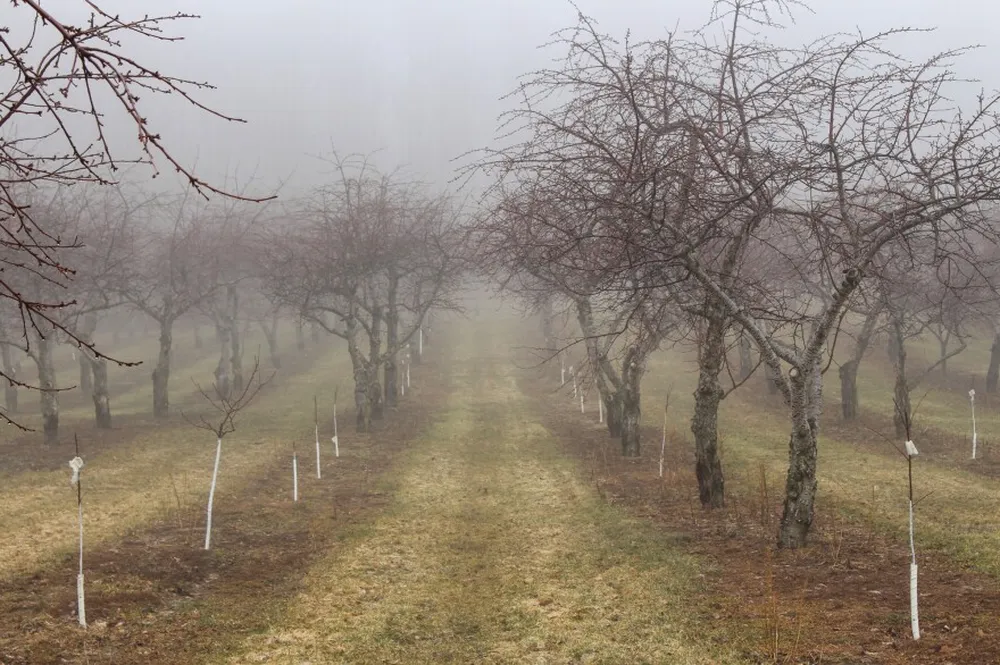The new prairie cherry varieties developed by Dr. Bob Bors' small fruit breeding program at the University of Saskatchewan have not yet captured major production areas, but they are having a significant impact locally.
Bors stated that the dark red sour cherries are selling extremely well at farmers' markets in the Canadian Prairie province.
"Local growers are getting a good profit for these cherries, at 5 and even 10 dollars (approximately 4.75 - 9.50 Euros) for a liter package," he said.
Bors’ mission and objectives
A part of Bors’ mission is to supply locally grown fruit in a region too cold for commercial orchards and vineyards. His goal is to introduce these unique cherries to the commercial production world in both North America and Europe.
The six varieties, named the Romance series, and more yet to be released, have been planted in Michigan’s Clarksville Research Station, where they are monitored alongside other varieties by Dr. Amy Iezzoni, a cherry breeder from Michigan State University.
Comparison with the Montmorency cherry
These cherries differ from the Montmorency variety, the dominant sour cherry cultivated commercially in Michigan and a few other states—Washington, New York, Pennsylvania, Wisconsin, Utah, and Oregon—and also in Ontario. This variety has light-colored flesh, light red skin, and is quite tart.
Bors’ cherries are hybrids of European varieties, which are sweeter and have dark red skin and flesh, combined with Central Asian varieties selected for winter hardiness.
Climate resilience
Bors believes these varieties won’t suffer in other winter climates. He is also evaluating how they endure spring frosts. "Here, the climate shifts quickly from cold to hot," he noted. "We have fewer late spring frosts compared to Michigan."
In Michigan, growers have shown interest in planting dark red varieties, having planted a Hungarian variety called Balaton, which has struggled with low yields due to poor pollination, an issue not yet resolved.
Mechanical harvesting and niche opportunities
As the sour cherry industry shifts from desserts and pie fillings toward dried products and juices, Bors believes Saskatchewan cherries will be appealing for being sweeter and darker. While Montmorency cherries have a Brix level of around 14, Bors’ Romance series varieties reach at least 16. The sweetest, Crimson Passion, can reach 25 Brix at full ripeness.
In Europe, where Poland is a significant sour cherry producer, growers favor sweeter, dark red varieties and are adopting row-based mechanical harvesting similar to blueberries, raspberries, and grapes.
Bors' innovations for prairie cherry production
Bors has designed dwarf bush trees to facilitate easier harvesting, allowing farmers to use the same machine across crops like haskap and saskatoon, with cherries being harvested in August. This aligns with the timing of haskap in June and saskatoon in July.
These dwarf trees can withstand harsh winters, and while they may lose some wood in severe winters, new shoots from ground level allow the plants to regenerate, unlike taller trees.
Ongoing tests and disease resistance
Bors is carefully testing six varieties of the Romance series, named Romeo, Juliet, Cupid, Valentine, Crimson Passion, and Carmine Jewel, aiming to improve their disease resistance.
"The climate here is usually quite dry, so disease pressure is low," he said, "but we’ve had five wet seasons in a row, and we are seeing some brown rot."
New varieties and future prospects
Bors continues his breeding work with what he calls third-generation cherry trees. He is nurturing and evaluating new seedlings, releasing new varieties, and expects to release two unnamed varieties soon.
One is more upright, and the other more bush-like. "The upright one has bright red fruits, like Montmorency, but is sweeter," he said.
Read full article: Good Fruit Grower
Cherry Times - All rights reserved












